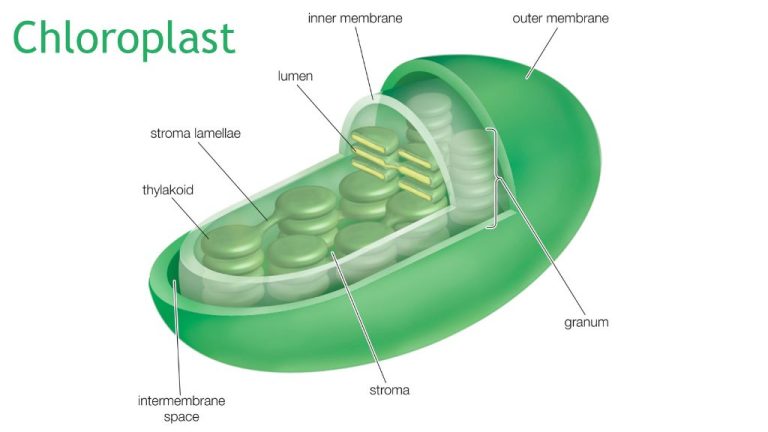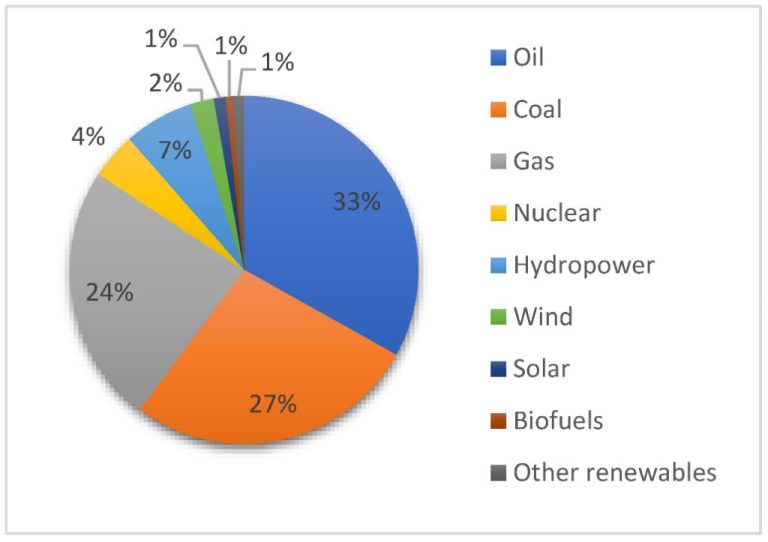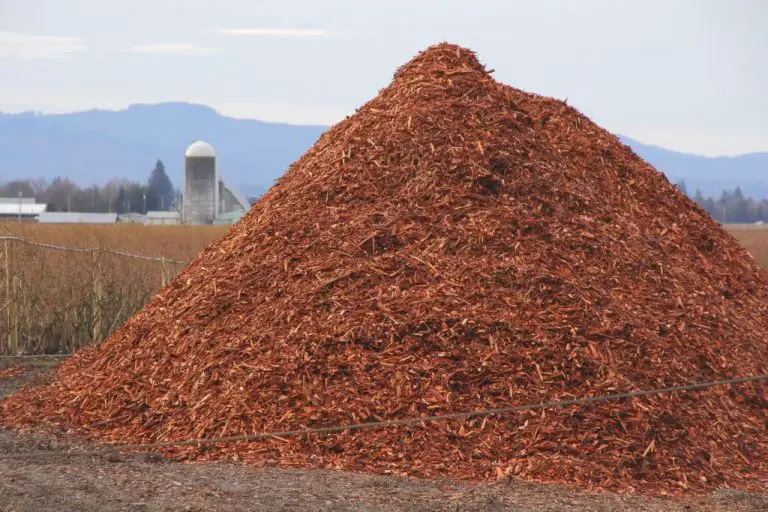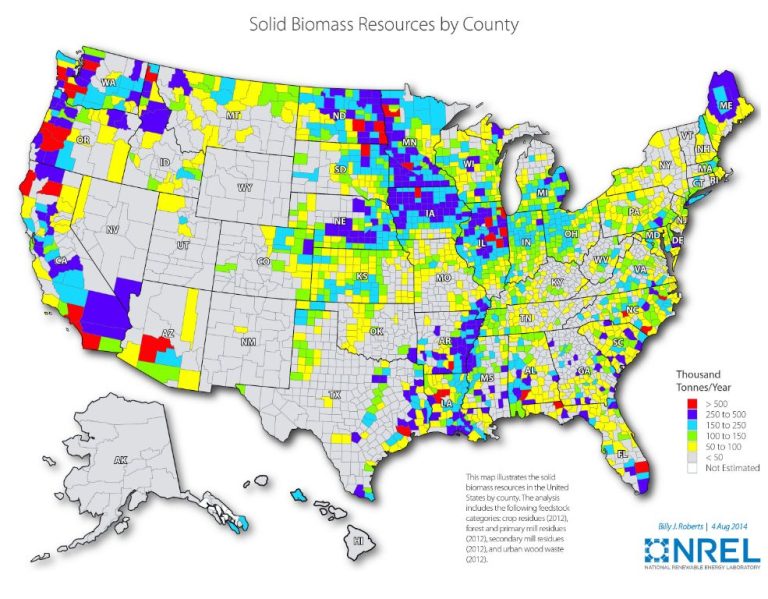What Is The Original Source Of Energy For All Life?
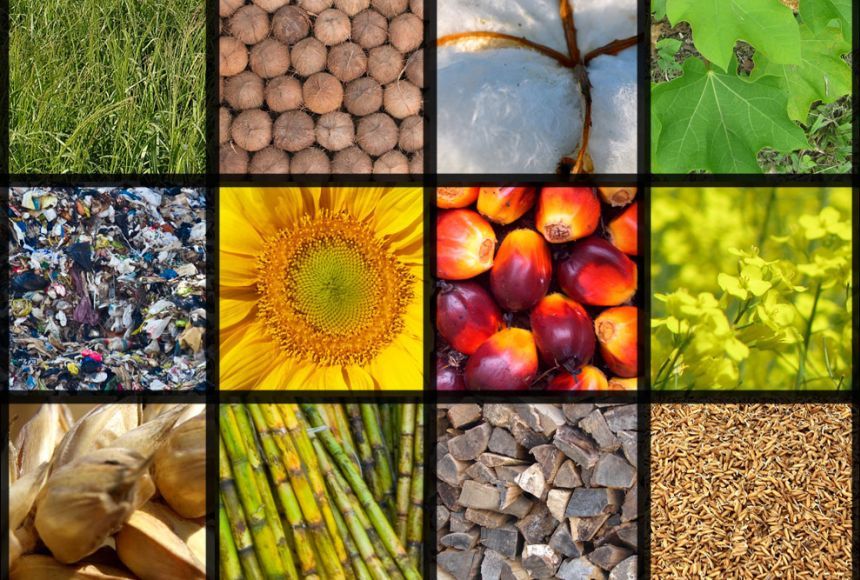
Energy is defined as the capacity to do work and includes different forms such as heat, light, motion, electricity, and more. Life can be defined as any system capable of performing functions such as metabolism, growth, reproduction, and adaptation to the environment. The thesis of this article is that the sun is the original source of energy for all life on Earth.
The sun provides a constant stream of energy in the form of electromagnetic radiation that sustains virtually all life forms and drives most major ecological processes. Through the process of photosynthesis, plants, algae, and some bacteria capture the sun’s energy and convert it into chemical energy stored within organic compounds. This energy then flows through the food chain as animals eat plants and other animals, transferring the stored solar energy. Even fossil fuels represent captured and stored solar energy from millions of years ago. Therefore, nearly all life on Earth depends either directly or indirectly on the sun’s energy for survival.
The Sun as a Source of Energy
The sun produces energy through the process of nuclear fusion. At the core of the sun, hydrogen atoms fuse together under immense pressure and temperature to form helium, releasing enormous amounts of energy in the process. This fusion reaction is responsible for the sun’s heat and light energy. Specifically, the sun converts over 4 million tons of matter into energy every second (https://phys.org/news/2015-12-sun-energy.html).
The energy produced at the core of the sun radiates outward until it reaches the sun’s surface. This solar radiation that leaves the sun is known as solar irradiance or solar flux. The amount of solar irradiance reaching Earth is about 1,360 watts per square meter. Sunlight spreads across space and a small portion of it reaches Earth, transferring energy that powers life on our planet.
Photosynthesis
Photosynthesis is the process plants use to convert sunlight into chemical energy they can use. Inside plant cells, specialized organelles called chloroplasts absorb sunlight using the green pigment chlorophyll. The absorbed light energy is used to convert carbon dioxide and water into glucose and oxygen. This process is summarized by the following chemical reaction:
6CO2 + 6H2O + sunlight → C6H12O6 + 6O2
Chlorophyll gives leaves and stems their green color and absorbs blue and red wavelengths from sunlight while reflecting green wavelengths. The energy from these absorbed wavelengths is transferred to molecules inside chloroplasts that drive the conversion of carbon dioxide and water into glucose. Plants can then break down glucose and use its energy to fuel all other cellular processes.
Photosynthesis is vital because nearly all life on Earth depends on glucose as an energy source. By converting sunlight into chemical energy and producing oxygen, photosynthesis provides the original source of energy that supports the food chain and makes animal life possible (1).
The Food Chain
The food chain demonstrates the flow of energy through ecosystems. It begins with primary producers like plants, algae and some bacteria that make their own food through photosynthesis. These organisms convert the sun’s energy into forms of chemical energy like glucose that they use for growth and reproduction. Plants and algae form the base of the food chain.
The next level in the food chain are herbivores or primary consumers. These animals get their energy by eating plants. Herbivores like deer, rabbits and grasshoppers consume producers and get energy from breaking down the plant matter they ingest. Much of the initial energy from the sun is lost as heat at this trophic level.
Carnivores or secondary consumers form the third link in the food chain. These meat-eating animals get their energy by hunting, catching and consuming the tissue of herbivores. Carnivores like wolves, eagles and snakes get energy that originated from the sun and was chemically stored in plant matter. As energy flows through the chain, approximately 90% is lost at each level.
The food chain demonstrates how energy moves through ecosystems. Producers like plants pass energy to herbivores, who pass biomass and energy to carnivores. At each transfer, a large amount of energy is lost as heat, requiring more to be consumed at the next level. Source: Energy Transfer in Ecosystems – National Geographic Education
Fossil Fuels
Fossil fuels are formed from the preserved remains of ancient plants and animals that lived millions of years ago. Over time, the organic matter from these organisms was buried under layers of sediment. With heat and pressure underground over millions of years, this organic matter was slowly transformed into substances such as oil, natural gas, and coal (Smithsonian Ocean).
Fossil fuels represent stored solar energy from the past. Ancient plants absorbed sunlight through photosynthesis, incorporating the sun’s energy into the organic compounds that make up their tissues. The animals that fed on these plants also obtained solar energy indirectly. When ancient plants and animals died, they became buried and compressed underground. Over geological timescales, the stored solar energy in their remains was chemically altered into fossil fuel deposits (National Geographic). The solar energy from millennia ago is preserved in the chemical bonds within fossil fuel molecules.
Feeding the Food Chain
All living organisms require energy to survive and grow. In an ecosystem, nearly all energy originates from the sun through a process known as photosynthesis, in which plants convert sunlight into chemical energy. Plants are called producers because they produce their own food and do not need to consume other organisms. This allows them to serve as the foundation of food chains and food webs.
When animals consume plants, they obtain the energy that originated from the sun. Herbivores that eat plants are called primary consumers. When predators eat herbivores, the energy is transferred again. With each transfer, approximately 10% of the energy is passed along, according to the 10 percent rule [1]. This limits the length of food chains and shapes the structure of ecosystems. No matter how many steps a food chain contains, trace it backward and the original solar energy comes from plants.
Energy for Other Life
While plants undergo photosynthesis to produce their own energy from sunlight, other organisms like fungi and bacteria rely indirectly on the sun’s energy. Fungi obtain nutrients by absorbing them from organic matter, decomposing materials like wood and leaf litter to extract energy (Source). The organic matter fungi feed on was created through photosynthesis, so the energy was originally harvested from sunlight. Bacteria also obtain energy by decomposing dead organic matter that contains stored solar energy. Even organisms in deep sea thermal vents ultimately derive their energy from photosynthesis. The bacteria around hydrothermal vents utilize chemicals like hydrogen sulfide as an energy source. This hydrogen sulfide is produced through underwater volcanic activity fueled by Earth’s internal heat. While not directly powered by sunlight, the internal heat of the Earth also has its origins in the energy produced through nuclear fusion in the sun.
The Hydrologic Cycle
The hydrologic or water cycle describes the continuous movement of water on, above, and below the surface of the Earth. The sun provides the energy that drives this cycle by evaporating water from the oceans, lakes, rivers, and soil into water vapor that rises into the atmosphere. Condensation of the water vapor forms clouds, and precipitation returns water to the surface when it falls as rain, snow, sleet, and hail. According to the US Geological Survey, “The sun, which drives the water cycle, heats water in the oceans. Some of it evaporates as vapor into the air. Ice and snow can sublimate directly into water vapor. Rising air currents take the vapor up into the atmosphere, along with evaporated moisture from the surface. The vapor rises into the air where cooler temperatures cause it to condense into clouds. Air currents move water vapor around the globe, cloud particles collide, grow, and fall out of the upper atmospheric layers as precipitation. Some precipitation falls as snow and can accumulate as ice caps and glaciers, which can store water for thousands of years. Snow packs melt when spring arrives and the melted water flows overland as snowmelt. Most precipitation falls back into the oceans or onto land, where it flows over the ground as surface runoff. Runoff and groundwater seepage accumulate and are stored as freshwater in lakes. Runoff and groundwater flow downhill into streams and rivers that lead back to the oceans, completing the cycle.”
This continuous cycling of water is critical for transporting nutrients and enabling life on Earth. Water picks up nutrients like nitrogen and phosphorus as it moves through soil and aquatic systems. These nutrients are essential for plant growth and sustaining the entire food chain. The movement of water through this cycle makes these nutrients available across various ecosystems to support terrestrial and aquatic life.
Sources:
https://water.usgs.gov/edu/gallery/watercyclekids/sun-earth.html
https://terra.nasa.gov/science/water-energy-cycle
Absence of Sunlight
While sunlight is the original source of energy for life on Earth, there are some fascinating ecosystems that thrive without access to sunlight. The most well-known examples are deep sea hydrothermal vents, located up to several miles deep on the ocean floor where sunlight cannot penetrate.
Despite the absence of sunlight, hydrothermal vents support unique ecosystems with complex food webs. Chemosynthetic bacteria form the base of the food chain, harnessing chemical energy from the mineral-rich vent fluids to produce organic compounds. Higher organisms like giant tube worms, crabs, shrimp, and specialized fish consume the bacteria directly or feed on other organisms that have consumed chemosynthetic bacteria.
However, while chemosynthesis provides an alternative source of energy, these ecosystems still ultimately rely on and are connected to surface photosynthesis. The chemical compounds powering chemosynthesis, such as hydrogen sulfide, derive from geological processes fueled by ancient organic matter. This ancient organic matter originated from photosynthesis on the Earth’s surface long ago. So while deep sea communities survive independently of current sunlight, their existence depends on ancient sunlight and surface photosynthesis. (EliseCutts.com)
Conclusion
Nearly all life on Earth relies on the sun’s energy in some form. The sun fuels photosynthesis in plants, which creates carbohydrates that provide food for animals and other organisms through the food chain. Even fossil fuels like oil and coal originated from ancient plants that captured the sun’s energy millions of years ago. Without the sun constantly providing light and warmth, the cycles that sustain life would not be possible.
In summary, the original source of energy for the overwhelming majority of life on Earth can be traced back to the sun. Through processes like photosynthesis, the hydrologic cycle, and the food chain, the sun’s energy is transformed into forms that allow life to thrive. While some organisms can persist on geothermal energy from within the Earth or chemical energy from deep sea vents, virtually all surface life relies on the sun. This demonstrates the truly vital role the sun plays in making our planet habitable.

